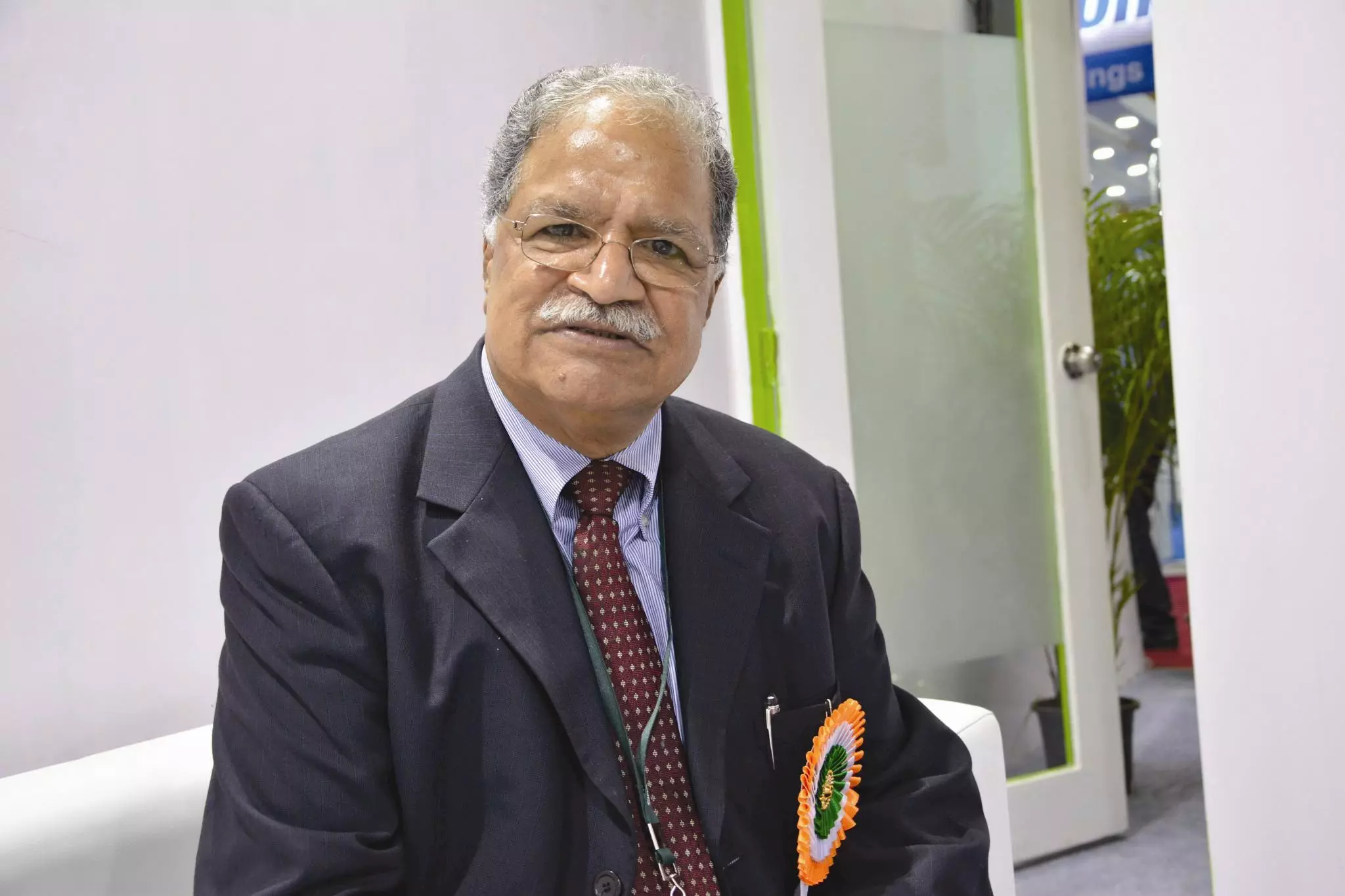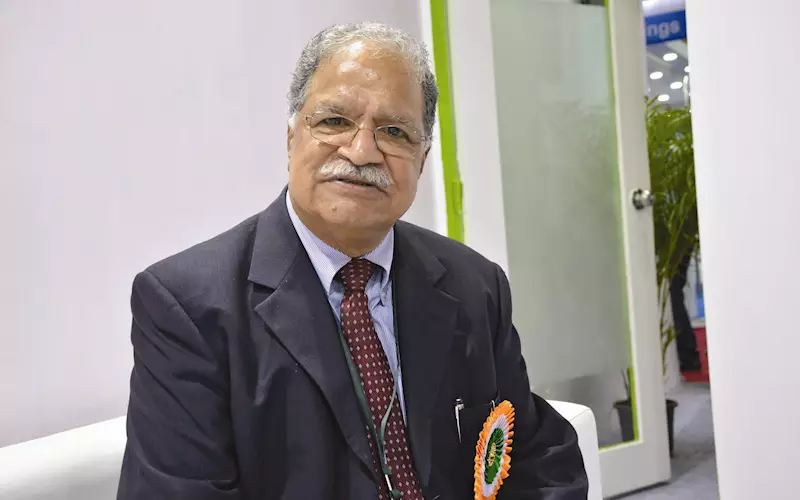Visitors' Speak: Hindustan Tin Works, Heinz India, Coca-Cola, Xpro India and Shetron Group
PrintWeek India caught up with the visitors at Indiapack to understand whether IIP's flagship event had fulfilled their expectations.
10 Oct 2015 | By PrintWeek India
Sanjay Bhatia, managing director, Hindustan Tin Works
In terms of consumption pattern of packaging material, paper has the largest market share and on the green scale, we are doing much better. India, unlike other countries like China, has skipped one step when it evolved from agriculture to the service sector, whereas in China, there is more emphasis on manufacturing. The Make in India mission will take time to evolve, but I feel this is a right direction if we want the manufacturing sector to lead the growth. With the kind of democratic profile we have, I believe this will help the packaging industry grow further.
Sandeep Kamath, AVP, procurement and copack, Heinz India
As a consumer of a variety of packaging material, what sells more is first decided by the end consumer and then the manufacturer. The second important thing is every packaging material has its unique properties that we like to exploit. The market dynamics today is that 70% of all the transaction, that is, all packages purchased are below the Rs 20 price point. This is mainly because we are still an emerging market and we need affordability. For example, as soon as sachets of shampoo were launched, there was a growth in the sales of the product. This was the same in the case of Tetra Pak.
Asim Parekh, vice president, technical, Coca-Cola
When we talk about plastics and the related environmental hazard, one should understand that when it comes to plastic, the environmental issue is not with the plastic itself. The issue stems from recycling and collection of the products. Hence, the collection method employed by municipal and allied organisation of trash is important. I personally think that each one of us should be educated to handle our trash.
C Bhaskar, managing director and CEO, XPRO India












 See All
See All